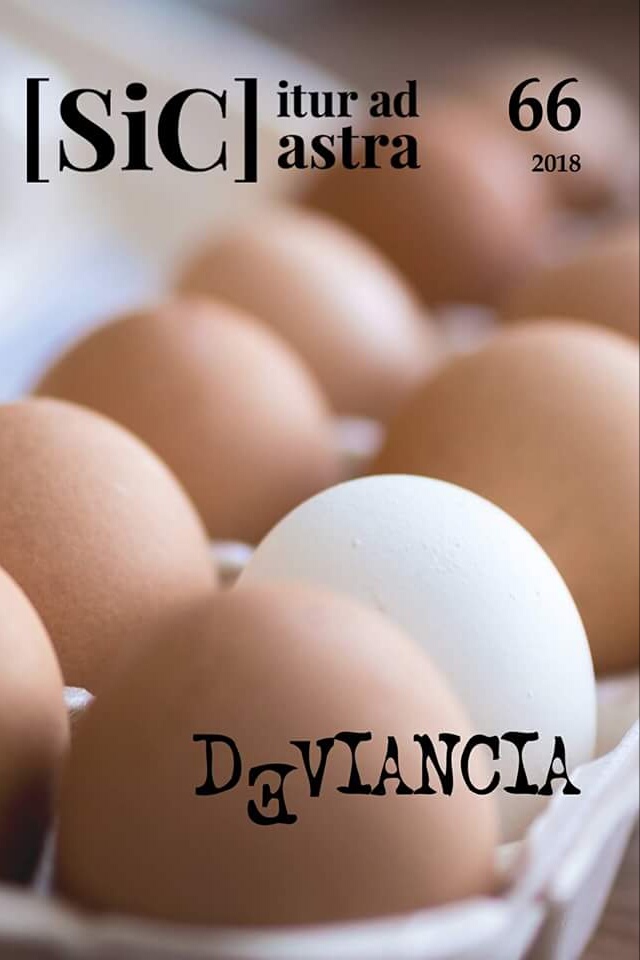By outlining the European history of the physiognomy, the article attempts to define the main types and forms of this special science. Physiognomy evolved in the Renaissance from a merely empirical and simple science into a sophisticated structure built upon the principles of ancient Greek natural philosophy and of medical characterology. In spite of its philosophical-theological consequences and its determinalism, physiognomy in the Middle Ages survived and was maintained as independent from Christian theology. From the 14th–15th century, as a result of the renewal of antique sciences, astrological and characterological physigonomy became to flourish, and even contemporary art and literature were deeply influenced by physiognomical theories. From the end of the 18th century, physiognomy was ramified into three different branches: the medical, constitutional or psychosomatic physiognomy of Antoine-Joseph Pernety, which was followed by Gall, Baumgaertner, Carus, and later by the racial hygienists; the psychological physiognomy of Johann Caspar Lavater surviving today in the so-called Ausdruckspsychologie; the popular physiognomies printed and widely distributed during the last centuries. This study tries to prove that physiognomy was always influenced and determined by two different ways of thinking, by magical thinking based on sympathies-antipathies, correlations, analogies and, at the same time, by an empirical-rational way of thinking based on etiology and teleology. The essay emphasizes that physiognomy actually never constituted a homogeneous system: its shapes, forms, aims and meanings were showing marked differences in the course of time. So we cannot speak about a single “physiognomy”, but only about a series of different ones. The study concludes that the astonishing vital force of this science could be explained by its mixed nature and its close connections with the ancient but stubbornly surviving magical-analogical way of thinking influenced by our desires and instincts.
full text in Sic Itur ad Astra 62. (2011)

